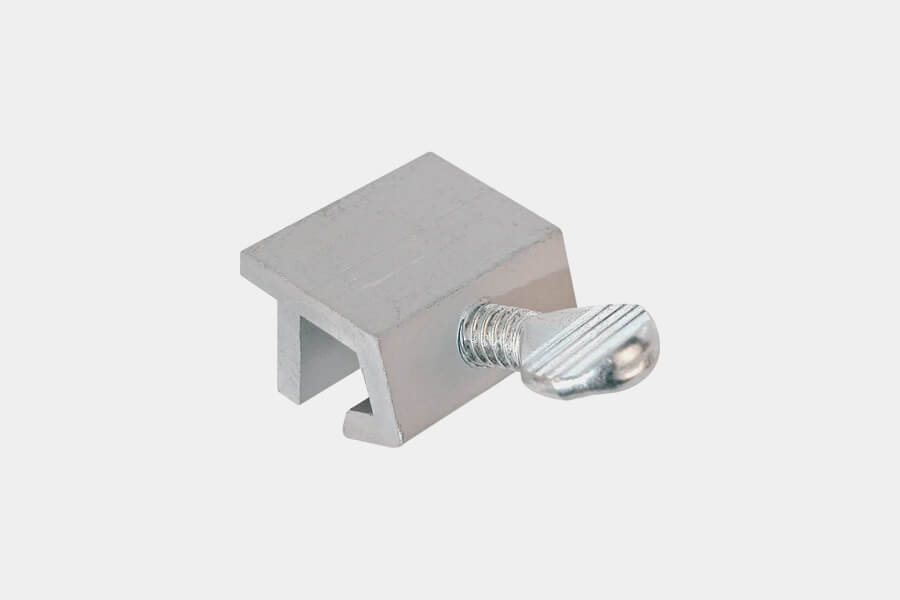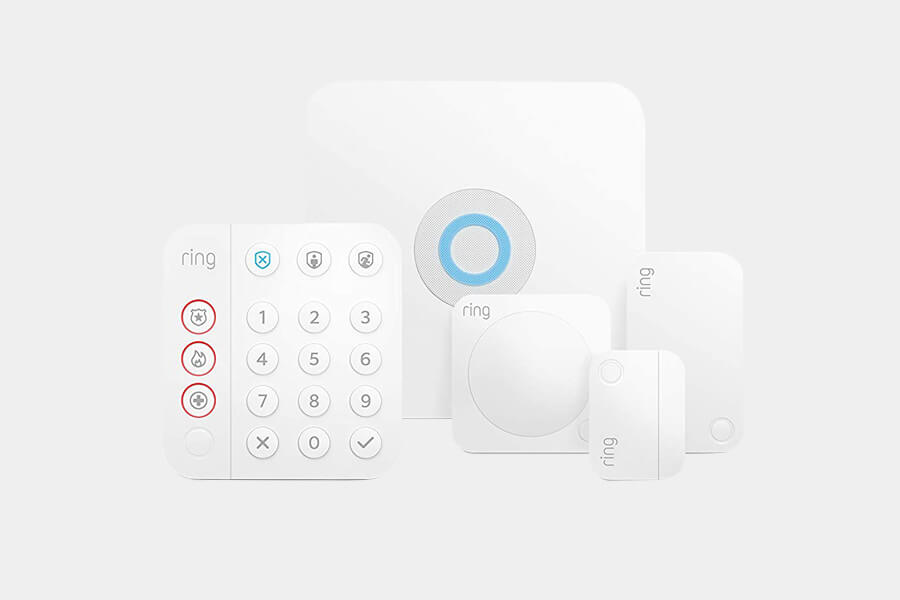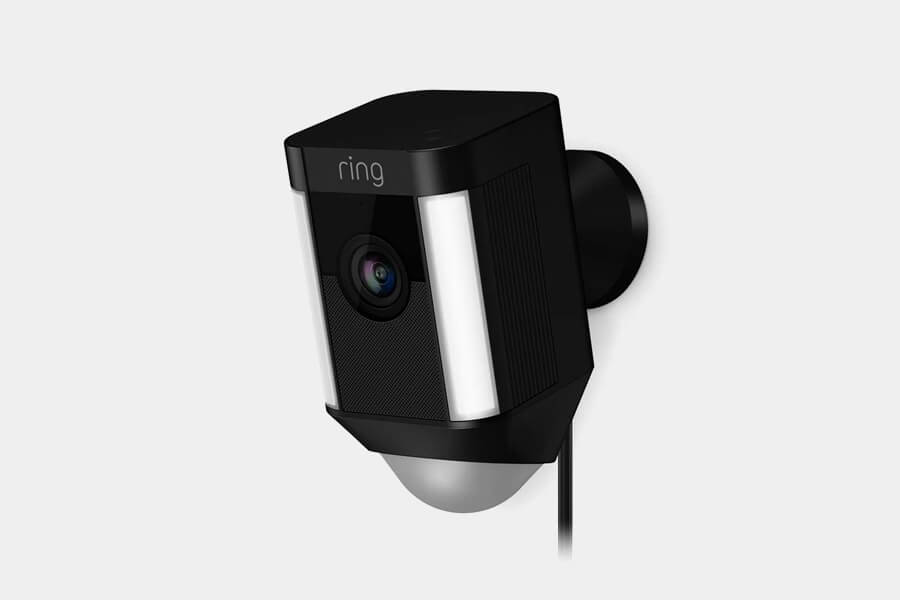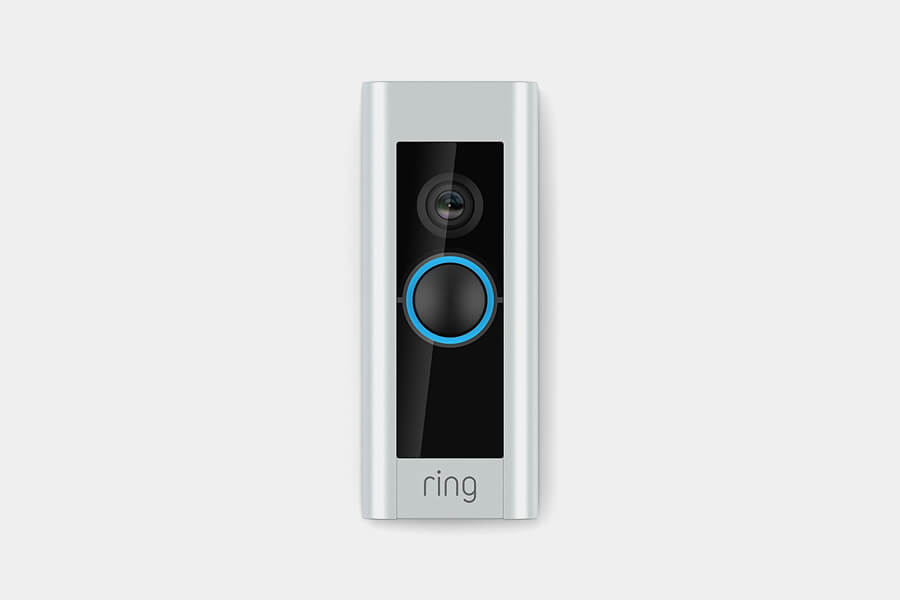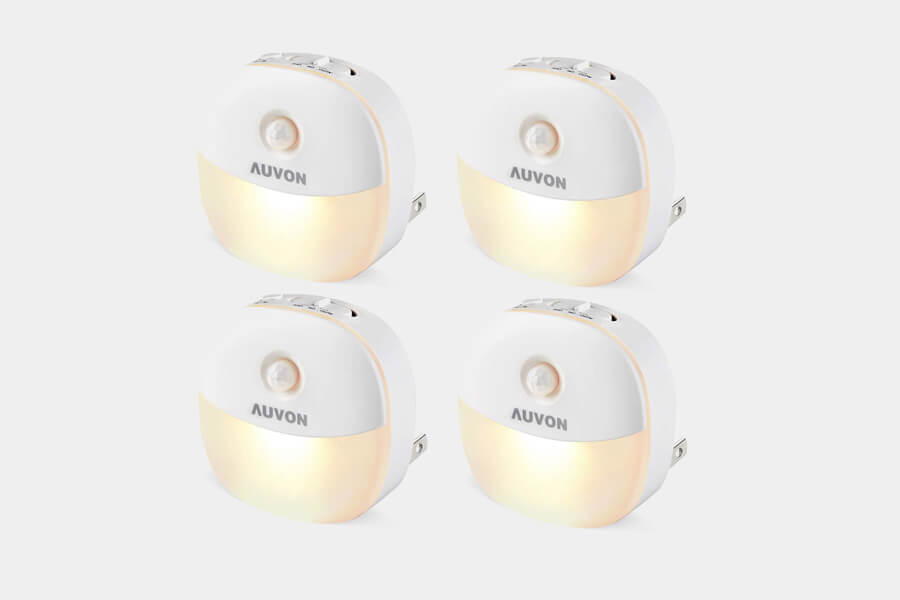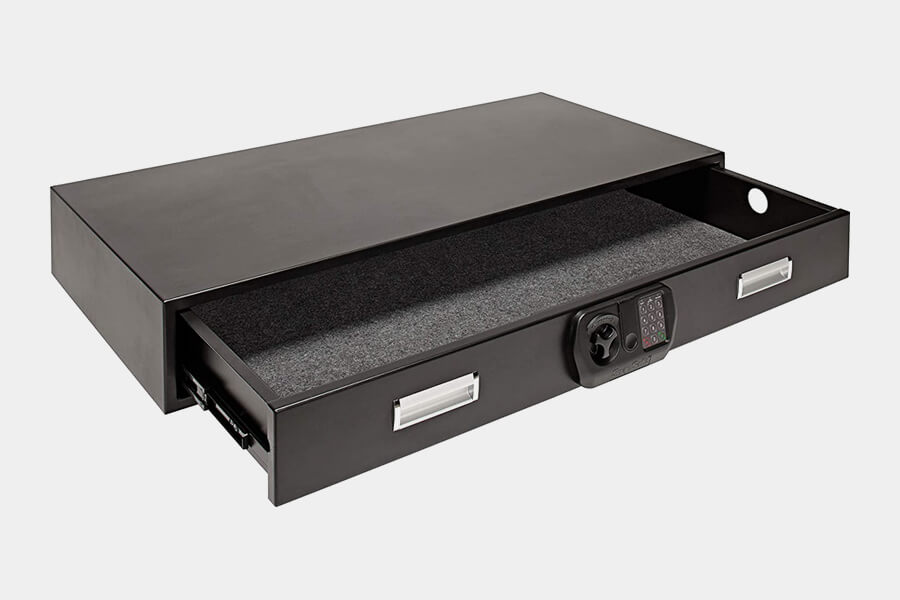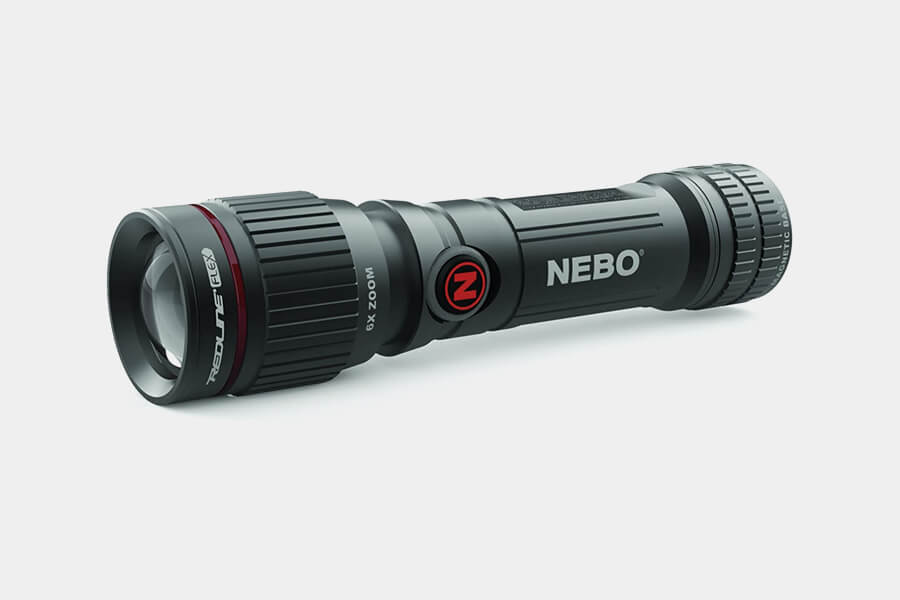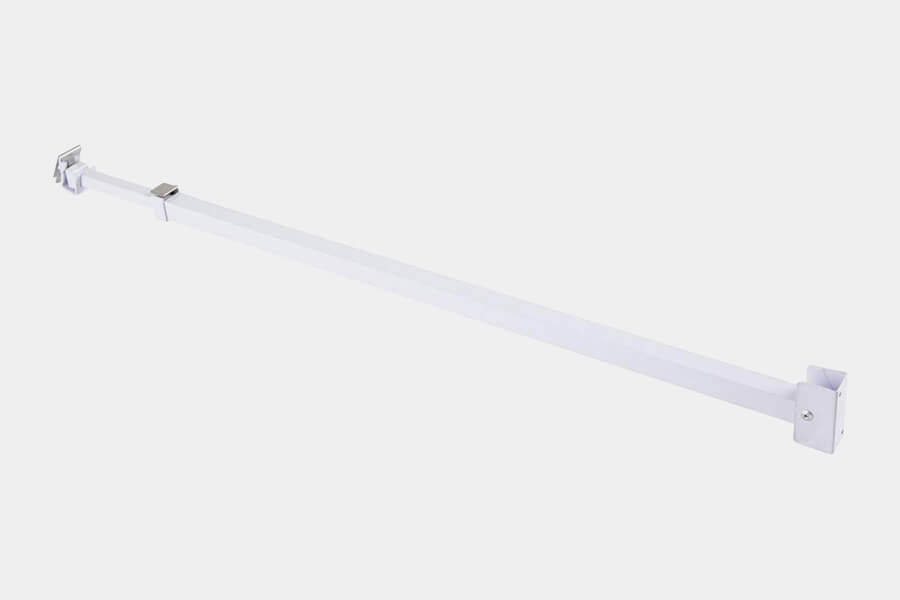You hear a bump in the night. Your thoughts are racing and you are groggy. What’s going on? Is it a family member? An intruder? Where is your gun and did you forget to lock the door? Are you prepared to fight? These are the last things we want to be thinking about in this scenario, under extreme stress. You should have a plan and know it to be prepared during moments such as this.
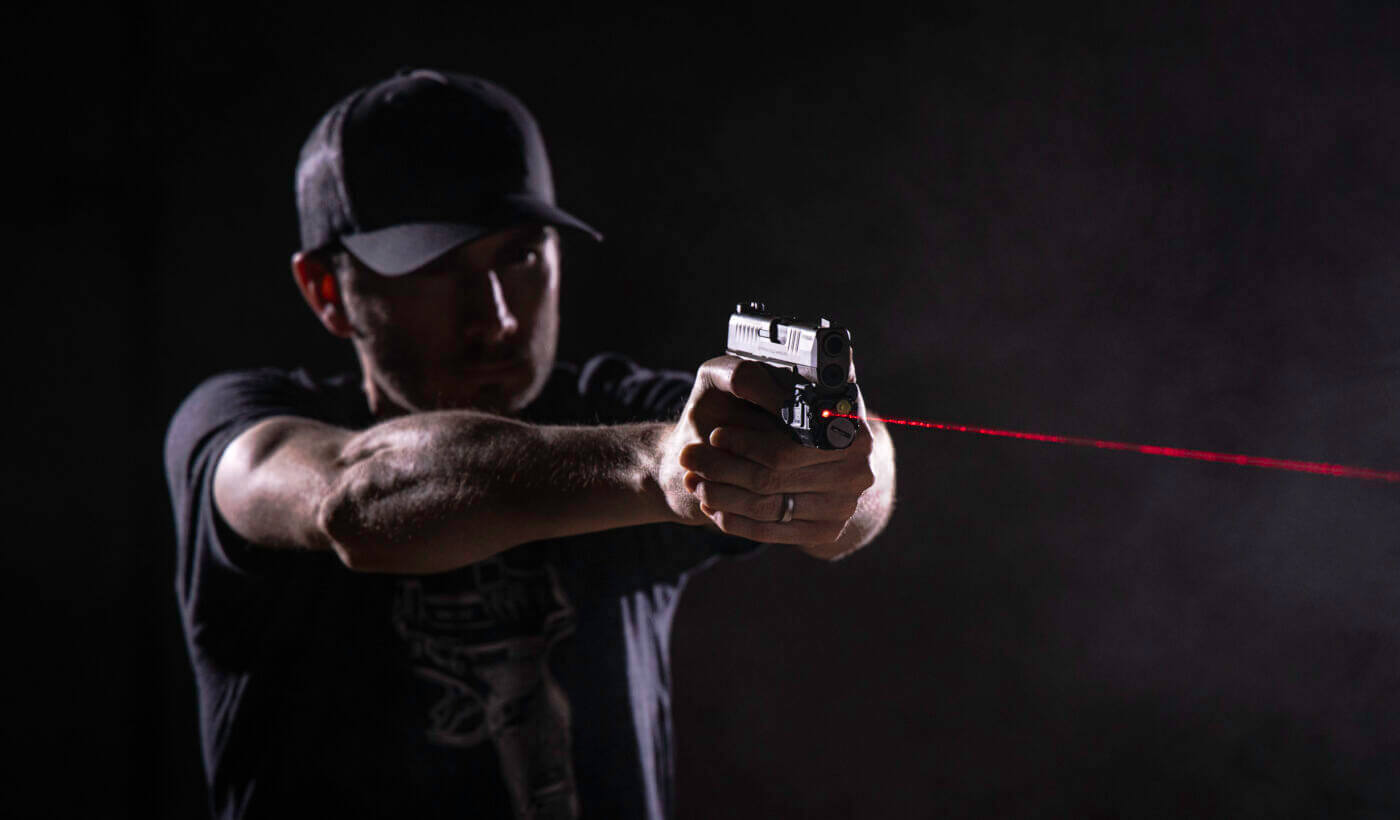
As the saying goes, “Home is where the heart is.” Your home is your reprieve, your safe shelter, your castle. It is where we all store our valuables, raise our kids, and begin each day anew. Therefore, in my opinion, securing your home to the fullest extent possible is one of the most important things you can do for yourself and your family. As a father of two, I can tell you how much better I feel each day knowing I have taken steps to ensure safety and security to the best of my ability for my family.
The Numbers
The FBI database states that there are roughly 1.7 to 3.4 million burglaries each year. 95% of those require some sort of forced entry into the home. 7.2% of burglaries result in the homeowner being injured. Homes with security systems were 300% less likely to be burglarized. This is great information we can consider and enact upon in order to make sure our homes are not chosen as a target.
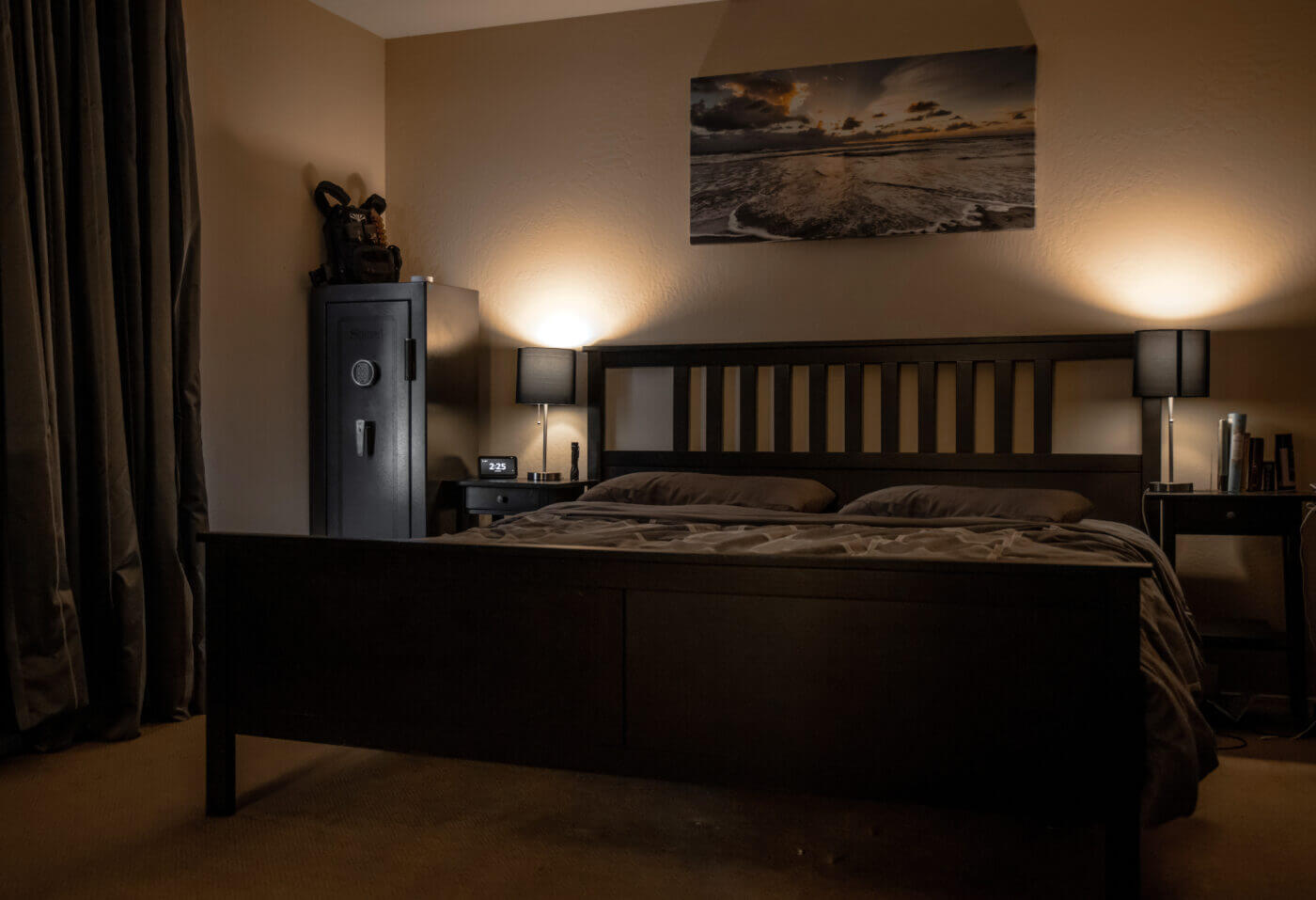
Let’s start by getting in the mindset of someone who may want to case your home. Where are there weak points around the structure, vulnerable blind spots and possible entry points leading into your home? Do you have motion-sensing lights, or surveillance cameras positioned outside of the home? If a potential criminal can see that these deterrents and structural enhancements have already been accounted for, they will likely choose a different target. This is ultimately what we want to accomplish; let’s try not to be a target while also preparing for the worst-case scenario, a break-in or home invasion.
Main Entry Ways
The front door of your home is often secured by fairly short screws into the hinges as well as the strike plates, securing them only to the door frame. Even with a sturdy front door, a would-be intruder can easily kick their way in with enough force. To combat this, you can replace the original screws in your door hinges with 2-4” long screws. This will ensure the screw goes past the frame and all the way into the stud creating a much stronger connection point. In addition, you can do the same with replacing the screws on the strike plate with 2″ to 4″ screws. You can also find heavy-duty, one-piece strike plates that are much more rugged in design if you want the added layer of security.
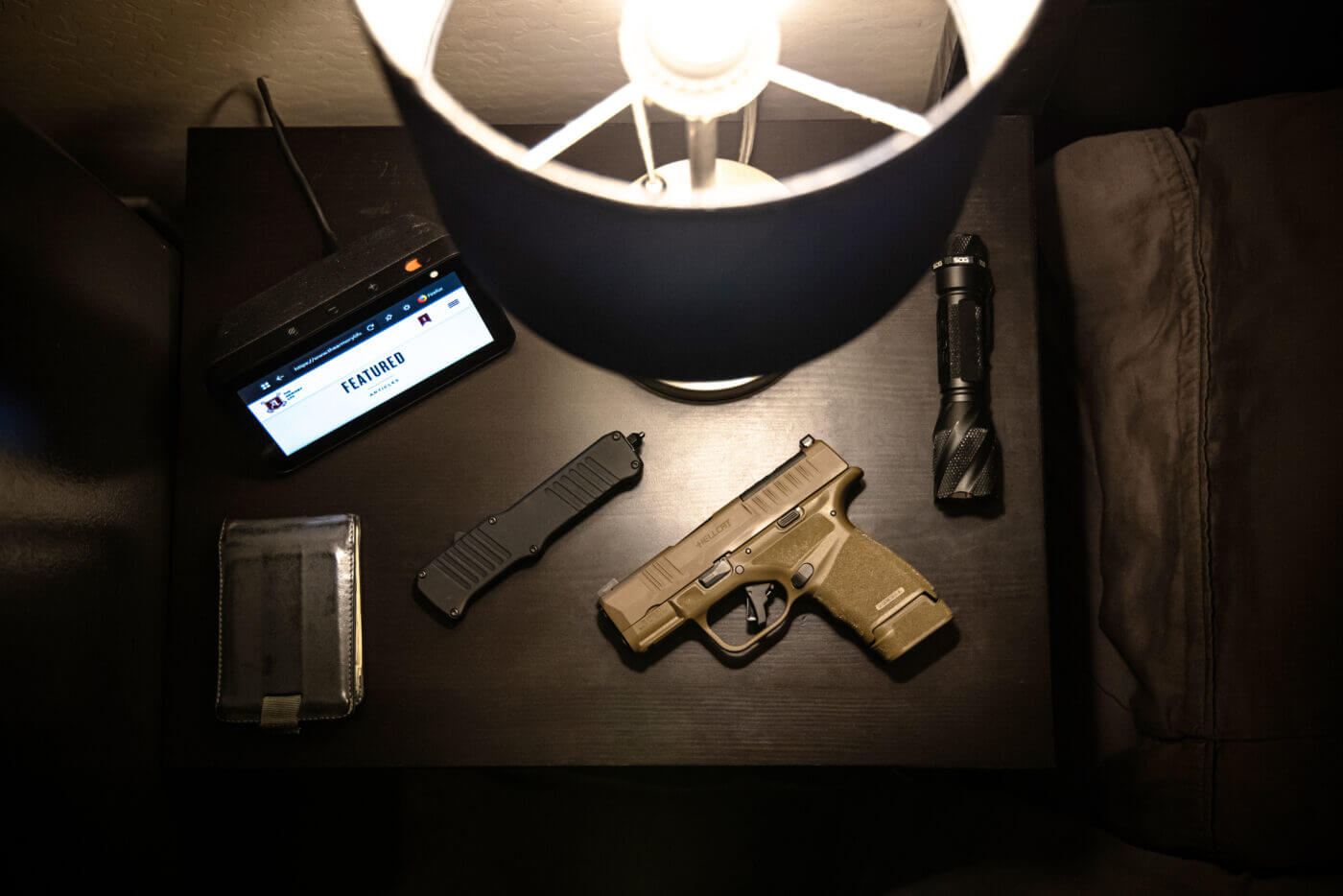
Rear doors come in a variety of flavors. If you have a traditional single door or French doors, just follow the same directions for the front door, replacing the screws. For sliding glass doors, these are usually secured with poor locking mechanisms that are quite easy to bypass. For this reason, I suggest either a locking bar or a piece of wood cut to size to lay in the track of the frame so that the door cannot be slid open if the primary lock is bypassed.
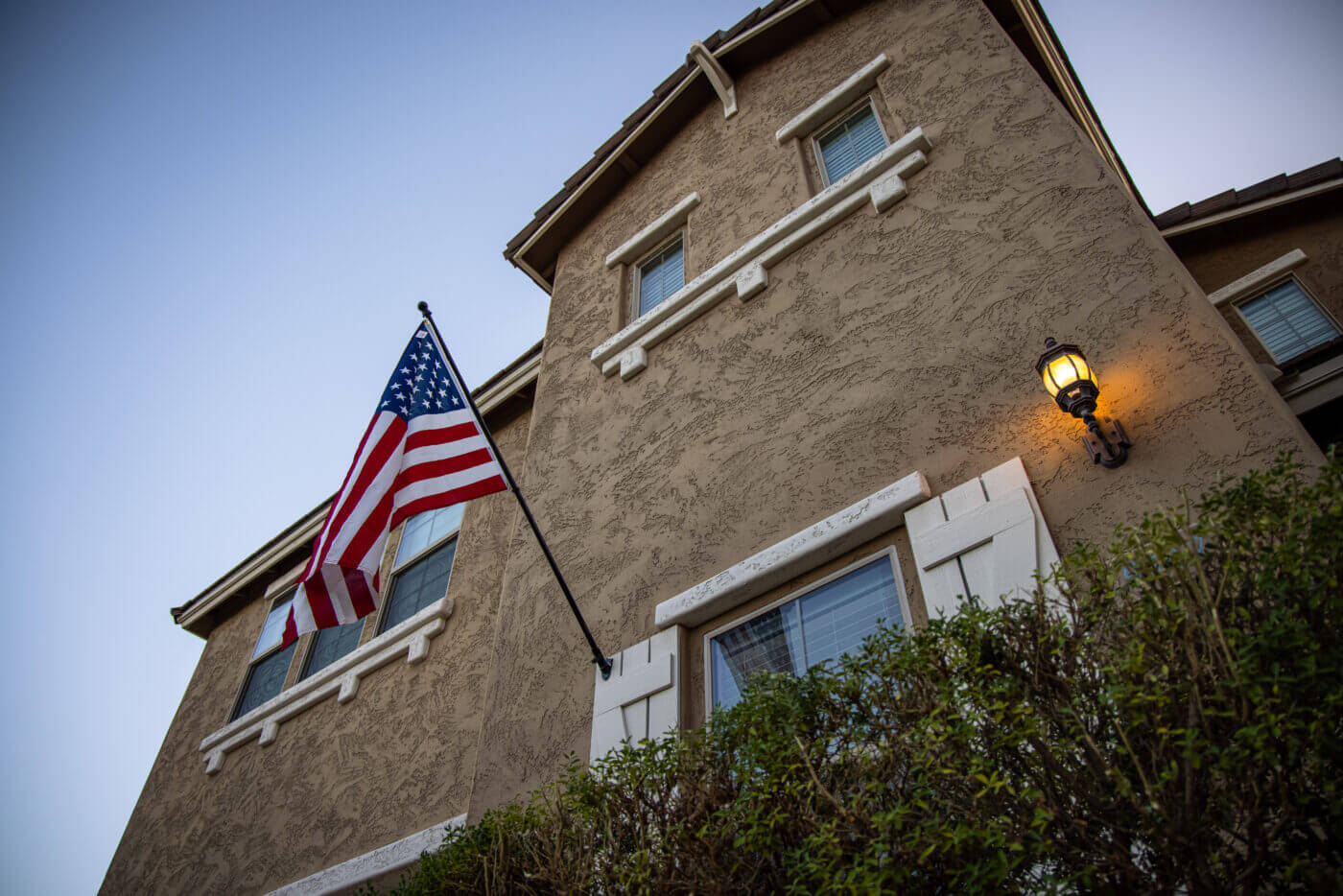
The garage door can be a very convenient entrance for a would-be home invader. Not to mention most garages contain tools, which can provide implements for invaders to use to gain further access to the home. If you park a car outside, consider whether or not the vehicle itself contains an electronic remote that accesses the garage. Keep it hidden — out of sight, out of mind. Ensure the vehicles are locked and alarmed.
First and foremost, there is one major weak point in automatic garage doors. On the top of your garage door attached to the sliding rail, there is usually a hanging rope with a pull handle on it. Once pulled, this disengages the garage door from the automatic opener allowing it to be opened by hand. If an invader can fish a wire through a window or a crack and pull this rope, they disengage your door and can lift the door gaining access to your garage. Consider window coverings or applying opaque window film to prevent prying eyes from not only being able to locate this pull-lever from the outside when looking in, but also to conceal valuables within the garage.
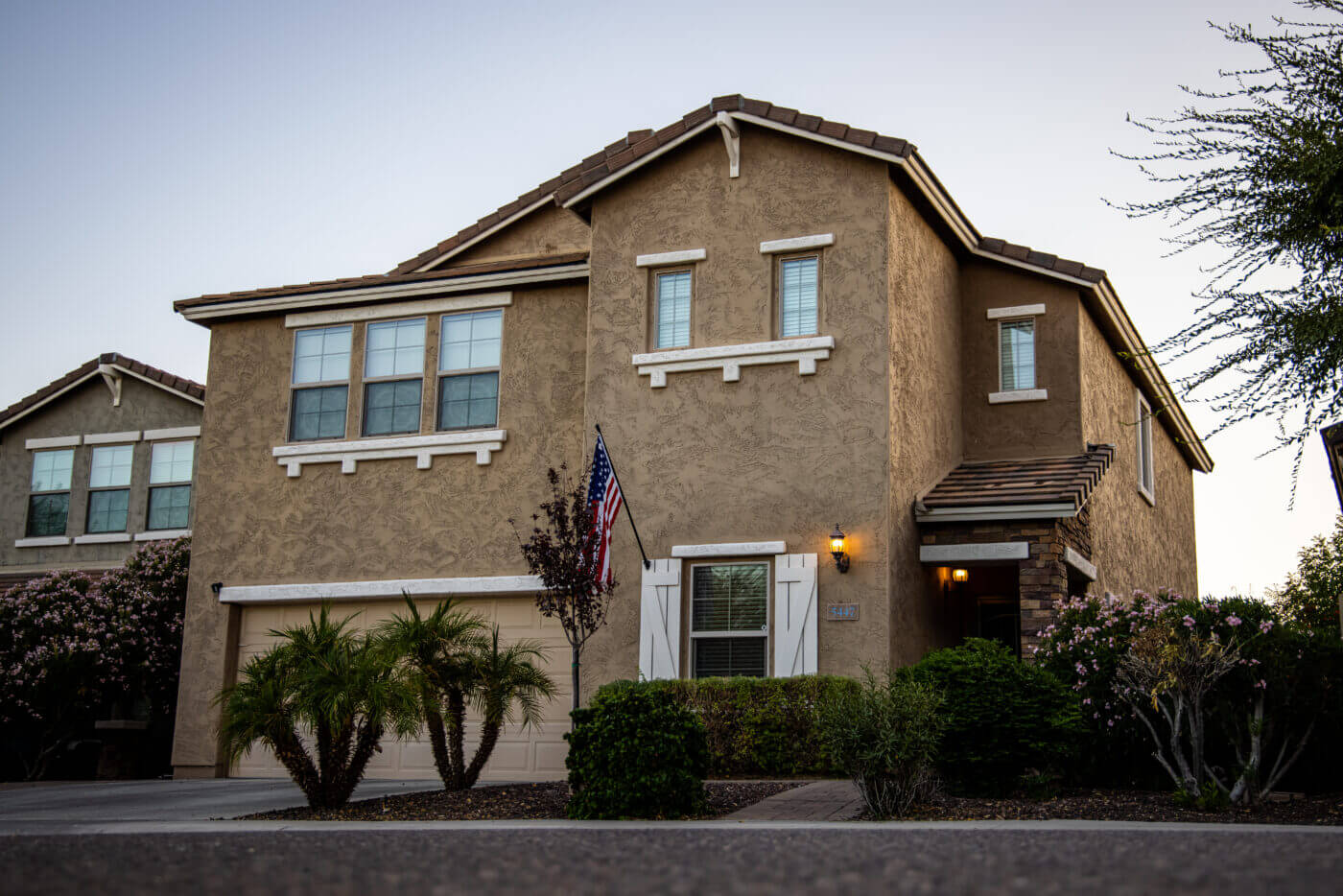
I suggest either removing this rope completely or making it very short and removing the pull handle. Once this is complete, the easiest way to secure your garage is to use the lock-out function on your garage door each evening, preventing any garage door opener signal from working until the lock is disengaged. Beyond this, most garage doors have deadbolt style latches you can engage to physically prevent the door from moving.
Moving onto ground-level windows, these are also secured by basic latches which are often flimsy and it is relatively simple to bypass the locking mechanisms and quietly slip in. For this reason, I suggest adding the sliding glass window locks that hand torque into place, blocking the window from being able to be lifted upward. They are cheap and easily installed onto all windows in a matter of minutes.
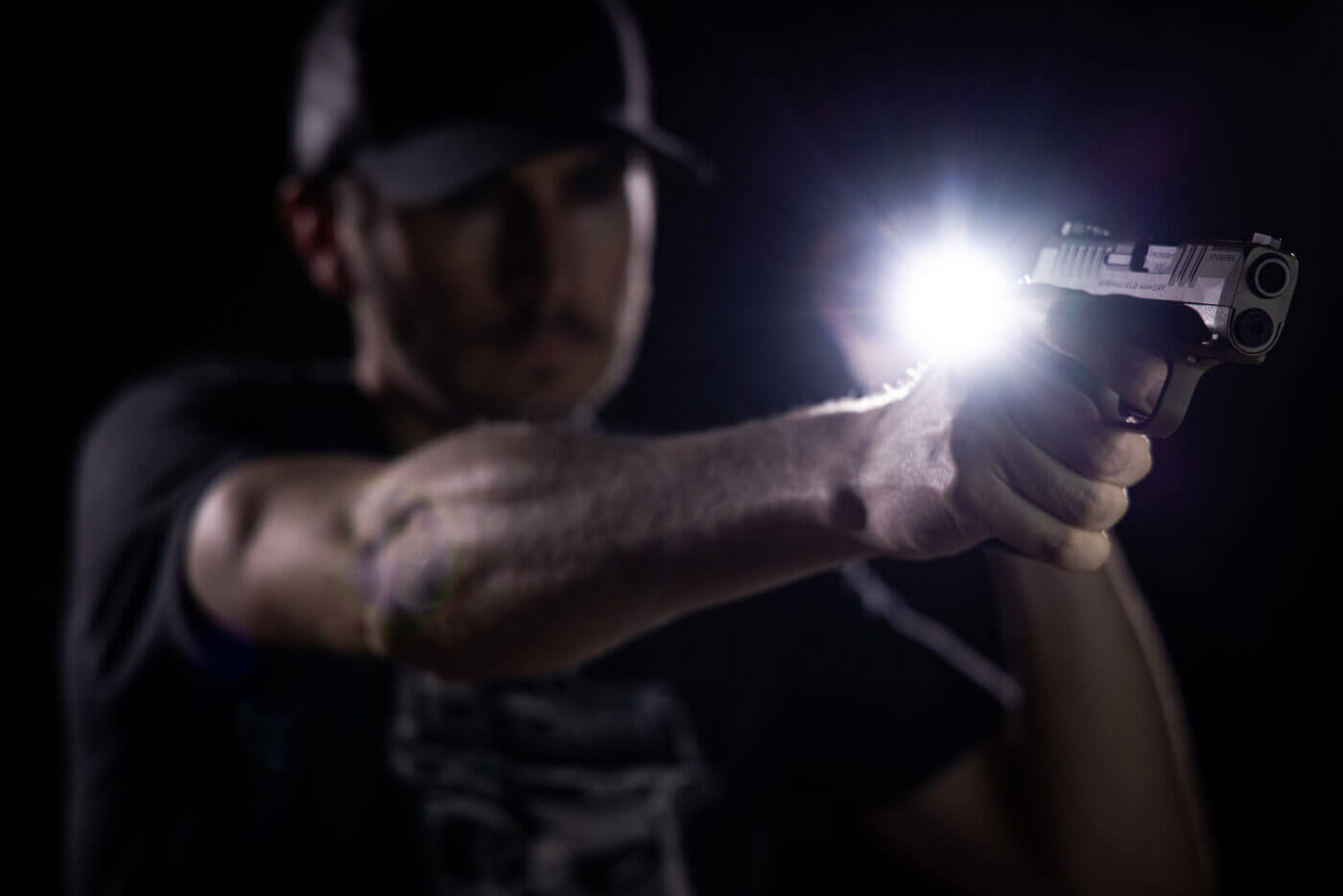
Security Systems and Cameras
Now that we have our entryways secured, let us look at the exterior of our homes. Are there overgrown shrubs, bushes or trees that can be easy spots to hide and gain entry to our house? How about blind spots or dark areas an intruder can use to conceal their presence and prowling? Keeping your landscaping tidy, adding path lights, exterior lights as well as motion detector lights can be a great way to discourage an intruder from choosing your home.
Let’s talk about security systems and cameras. A huge advantage you have as a homeowner is knowing the moment a door is open or a person is outside of your home, without you having to be physically present to see this happening. This gives us a good amount of heads up to get to a safe spot within the home, call for help and/or draw a defensive weapon in the event that an intruder has made their way inside. There are many different choices these days from professionally monitored systems to DIY self-monitored solutions. I would also suggest setting cameras at each main entry point of your home as well as door sensors to know when the very moment they are opened and closed. This is a huge sense of safety to see what is happening at and around your home even when you are away.
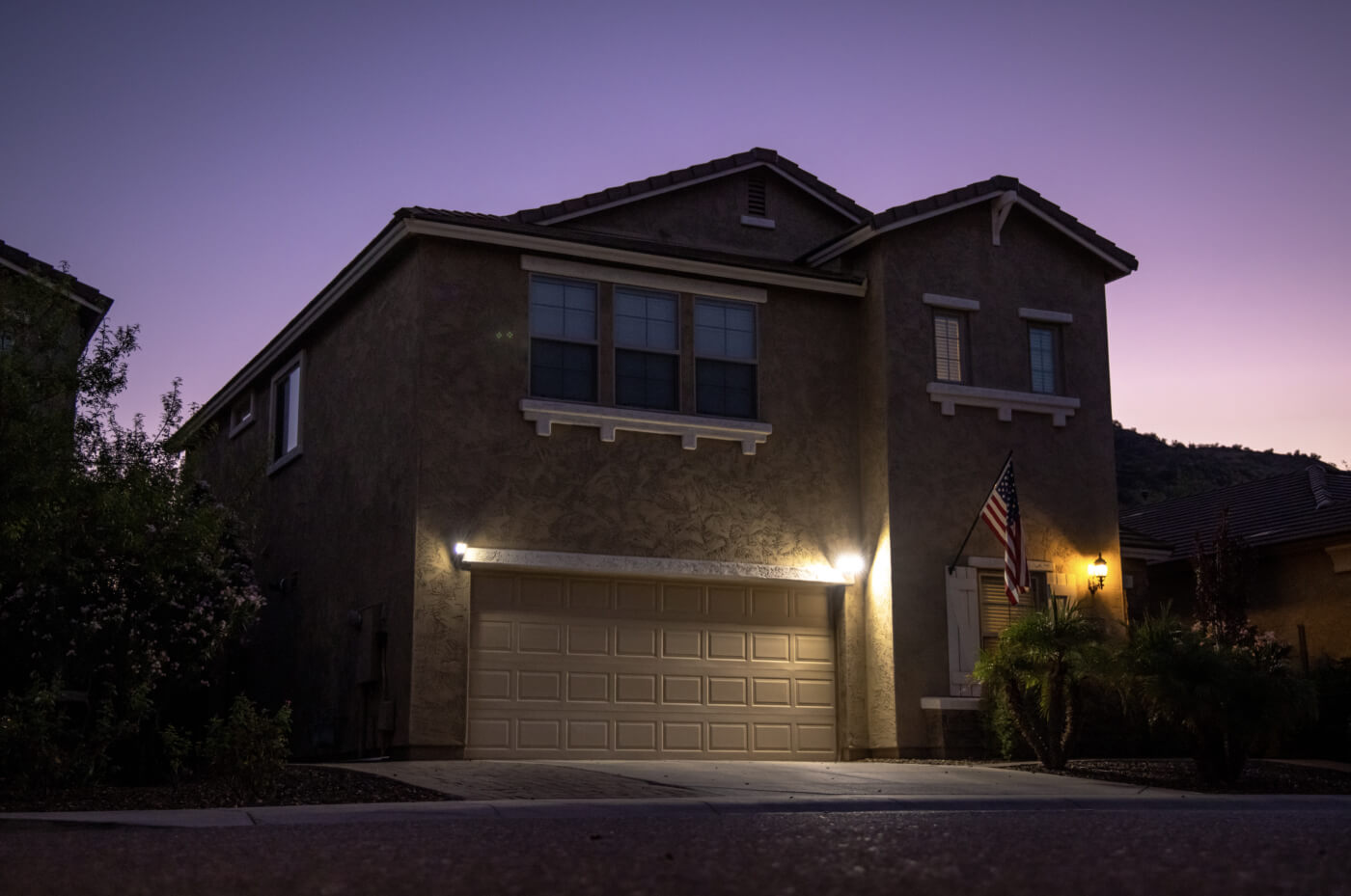
Interior Lighting
Motion sensing lights and smart lights can give us a large benefit inside our home should an intruder gain access. First, near your entrances and main pathways you can place motion-sensing lights in empty sockets. This way if someone were to gain access, they would trigger illumination along their path as they walk, disclosing their position and showing where they have been. Smart lighting with a digital assistant can also give you an advantage in the event you have a weapon in your hands, as you can instantaneously light up a portion or all of your house in an instant with just a few words, rather than having to take a hand away to search for and flip switches in the dark. Light is our friend in this situation as identifying your target is particularly important. The last thing you want to do is face someone in the dark who could be a neighbor or family member.
Weapon Safes and Placement
Keeping your weapons secured and safe in your home is of utmost importance. We also want these weapons to be quickly accessible in case of an intruder. I would suggest keeping a safe close to your bedside, either attached to the frame, a nightstand, under the bed or beside the bed. This way you can gain quick safe access to those firearms in a rapid manner should the need arise. I would also suggest keeping a flashlight at your bedside to be able to quickly identify a potential threat or navigate your way to a light or your safe. Also, consider having night sights and a pistol light on your firearms in the event of a low light engagement.
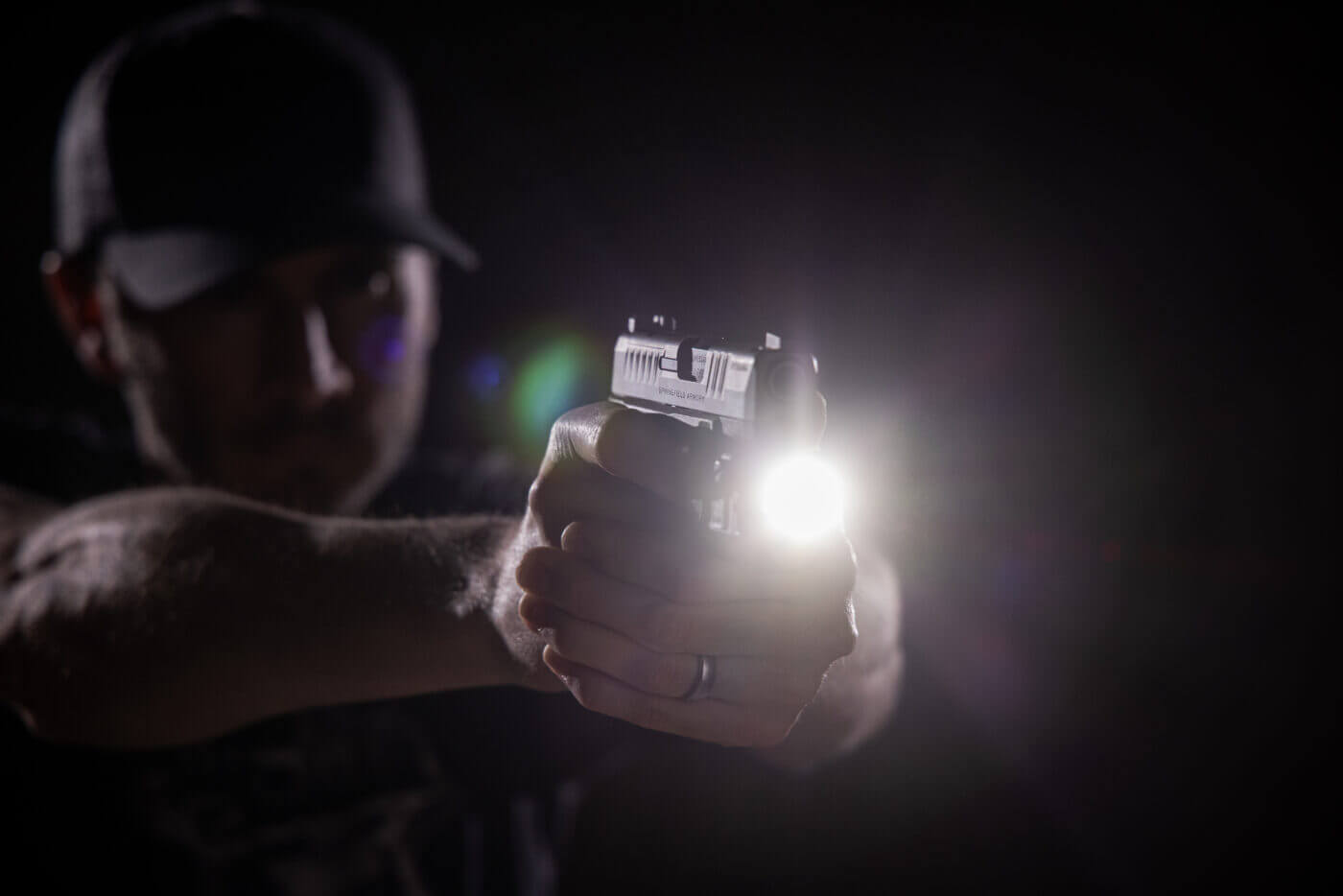
Other Tips
Consider replacing all outdoor bulbs with LEDs that you keep on continuously. This ensures you never forget to turn them on, and they will also last an awfully long time (10+ years of continuous use in many instances). A simple and effective way to keep you informed of a shattered window would be battery-powered glass break sensors; they attach to the windows and alarm when they feel an impact. This is a great cost-effective early warning system, but make sure to replace the batteries every six months by setting a reminder or alarm on your smart device or calendar.
The primary weak spot of a smart home security system is electrical power. If someone cuts power to your home, all your wonderful tech is rendered useless. Consider plugging your modem and wifi and any possible cameras or security peripherals into backup batteries. This way your primary systems will still function for a time during a power outage.
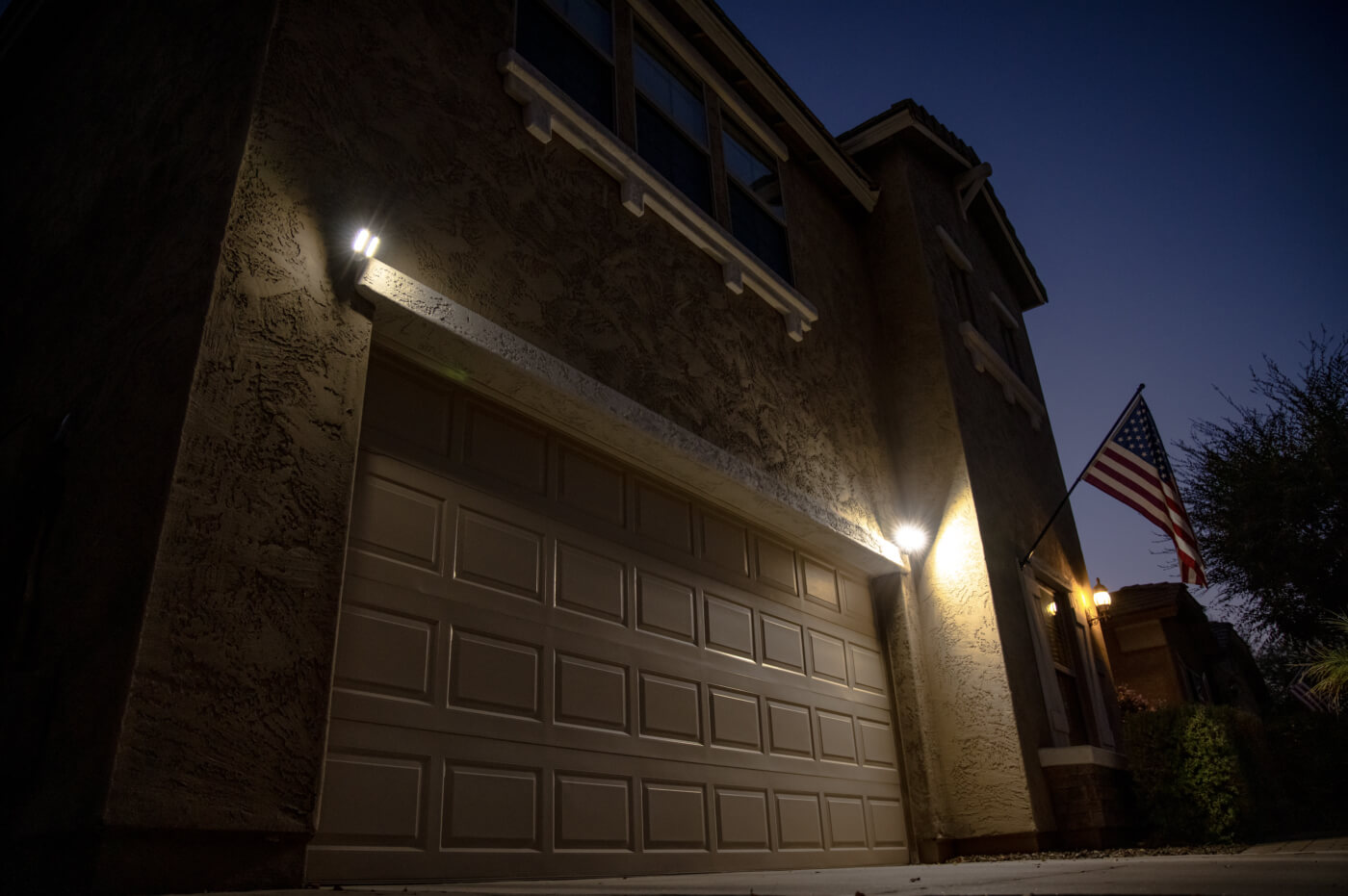
Include the Family
Last and most importantly, include your family in this planning. Run them through scenarios and show them what systems you have put into place, how they work, how each member of the family unit will be expected to respond, where they should stay, when to exit the home, etc. Being on the same page, assigning these roles during a crisis, and having a clearly understood and actionable plan that all members of the family will act upon when disaster strikes can mean life or death for you and your loved ones. A simple, effective plan made today pays dividends in the future for your peace of mind and your family’s safety.
Editor’s Note: Please be sure to check out The Armory Life Forum, where you can comment about our daily articles, as well as just talk guns and gear. Click the “Go To Forum Thread” link below to jump in and discuss this article and much more!
Join the Discussion
Featured in this video
Continue Reading
Did you enjoy this video?

 69
69




